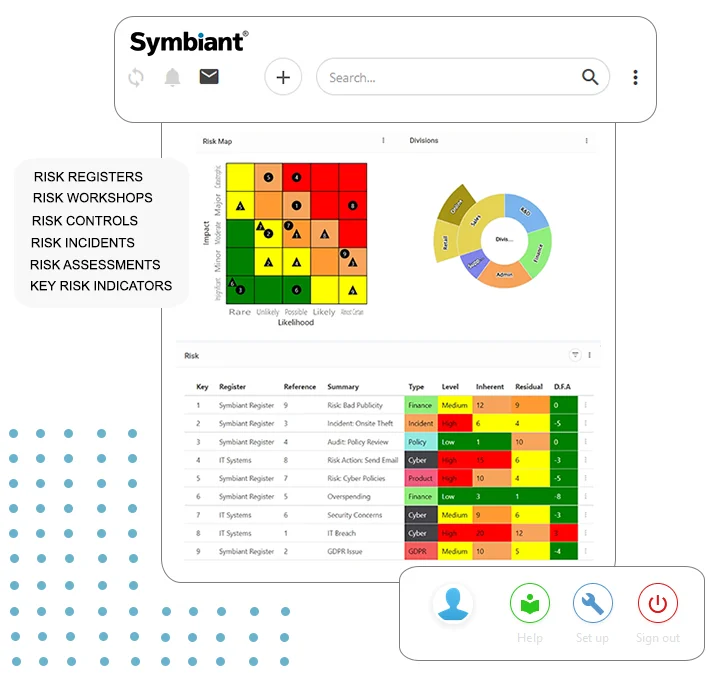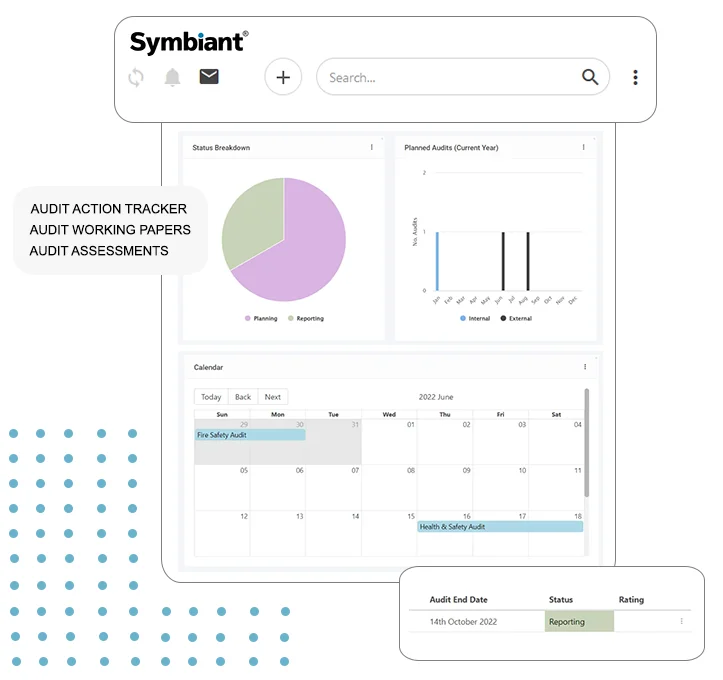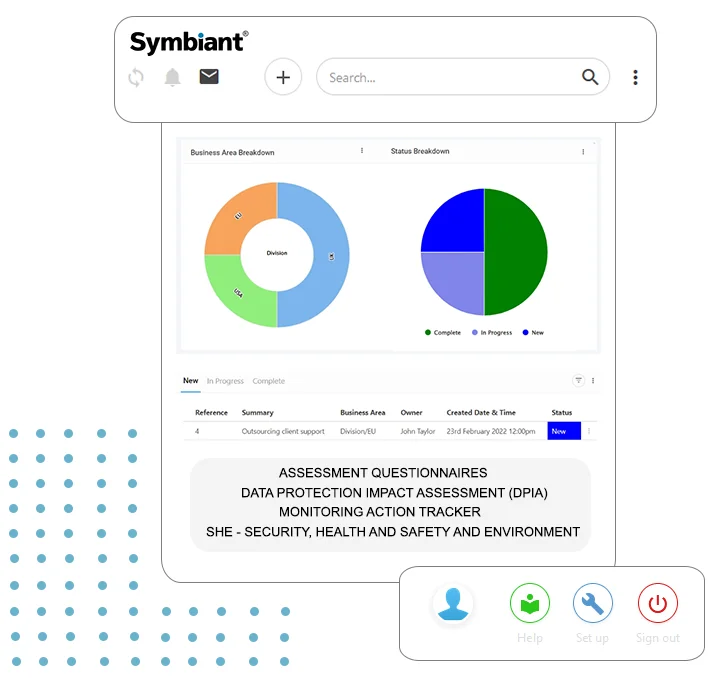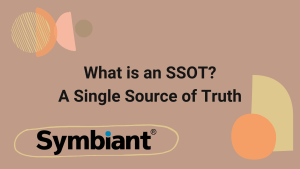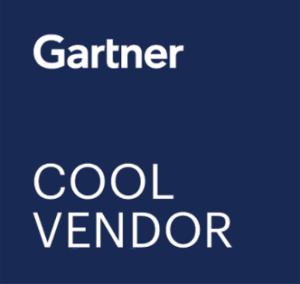What is an SSOT?
SSOT stands for Single Source of Truth.
A Single Source of Truth represents the practice of maintaining a single source for all data and information within a company—one place where you compile and secure all data.This approach aims to eliminate duplication, inconsistencies, and confusion arising from multiple versions of the same information scattered across different sources. SSOT involves considering a particular piece of data, knowledge, or information as the authoritative and definitive truth because it is the only version of that information.
Simply put, the Single Source of Truth principle dictates that you should designate only one source for each piece of information, and any copies should refer back to the selected source as the ultimate reference.
What types of data does SSOT handle?
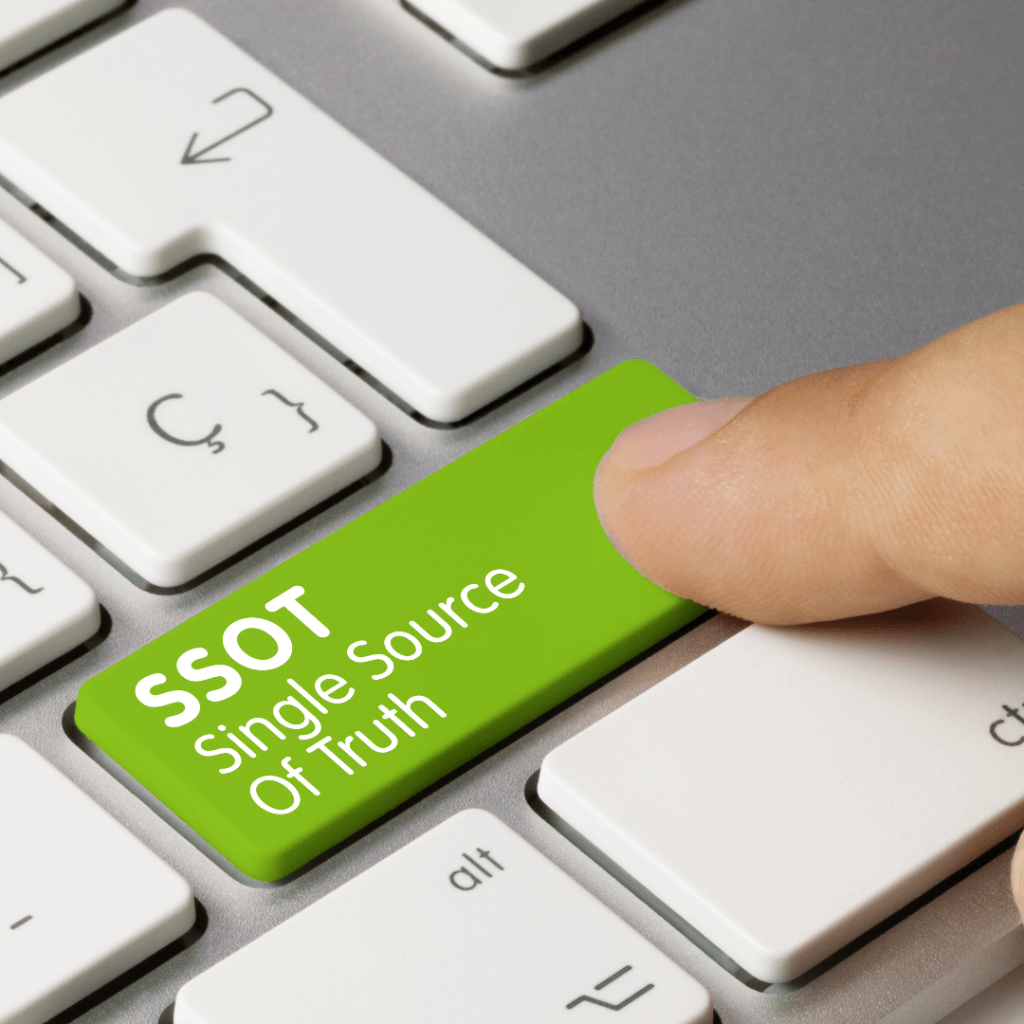
You can apply SSOT to various data types. Below are some examples.
- Customer Data: Customer information such as contact details, purchase history, preferences, and interactions should ideally be managed as a single source of truth to ensure consistent and accurate communication with customers.
- Product Information: You should maintain details about products or services, including specifications, pricing, availability, and updates, to avoid discrepancies and confusion.
- Employee Data: You should centrally manage HR-related information, such as employee profiles, roles, responsibilities, and performance evaluations, to ensure accuracy and compliance.
- Financial Data: You should establish an SSOT for financial records, transactions, budgets, and forecasts to ensure accuracy in reporting and decision-making.
- Regulatory and Compliance Data: Centrally manage data related to industry regulations, legal requirements, and compliance standards. This ensures adherence and avoids legal issues.
- Operational Data: Benefit from SSOT practices by applying them to data related to day-to-day operations. Such as operating procedures, maintenance logs, and performance metrics.
The specific types of data that can benefit from SSOT practices can vary greatly depending on the nature of your organisation and its operations. Furthermore, identifying critical data elements is the key to creating a genuinely beneficial SSOT. Specifically, data elements that improve efficiency, accuracy, and decision-making across your organisation if managed centrally and consistently.
Benefits of a Single Source of Truth Approach
The Single Source of Truth approach offers benefits, including:
- Consistency: Having a single source for a specific piece of information ensures that everyone within the organisation accesses the same accurate data. This reduces the chances of conflicting or contradictory information.
- Accuracy: With a central source that’s carefully maintained and updated, there’s less room for errors that can arise from inconsistent updates across multiple copies.
- Efficiency: Employees don’t waste time searching for the most up-to-date information or determining which version is correct. This leads to increased productivity.
- Data Integrity: SSOT helps maintain data integrity by reducing the risk of unauthorised changes or tampering with information.
- Decision-Making: When everyone works with the same accurate information, it improves the quality of decision-making processes across the organisation.
- Collaboration: Teams can collaborate more effectively when they know they’re all working with the same data, reducing misunderstandings and miscommunications.
Information Silos
Developers developed SSOT to address the problems organisations encounter due to information silos.
Separate departments or groups create information silos when they store data. Departments or groups create information silos when they store data, which is only available to those in the silo, leading to duplication of data and confusion over what is the ‘original’. This data can be accessed vertically within the department but not horizontally between departments. Other departments create duplicates because they cannot access the additional information or data.
Information silos make internal and external auditing complex and enormously time-consuming. First, auditors must go from department to department to find the information and data. Then, they have to figure out the original data and what is a copy. Furthermore, audits can be complicated, especially if the data lacks a clear revision history or ownership. Information silos make internal and external auditing complex and enormously time-consuming. First, auditors must go from department to department to track information and data. Then, they have to figure out the original data and what is a copy. Furthermore, audits can be complicated, especially if the data lacks a clear revision history or ownership.
Having a Single Source of Truth eliminates silos, allowing data to be freely shared as appropriate and enabling auditors to complete audits efficiently and effectively.
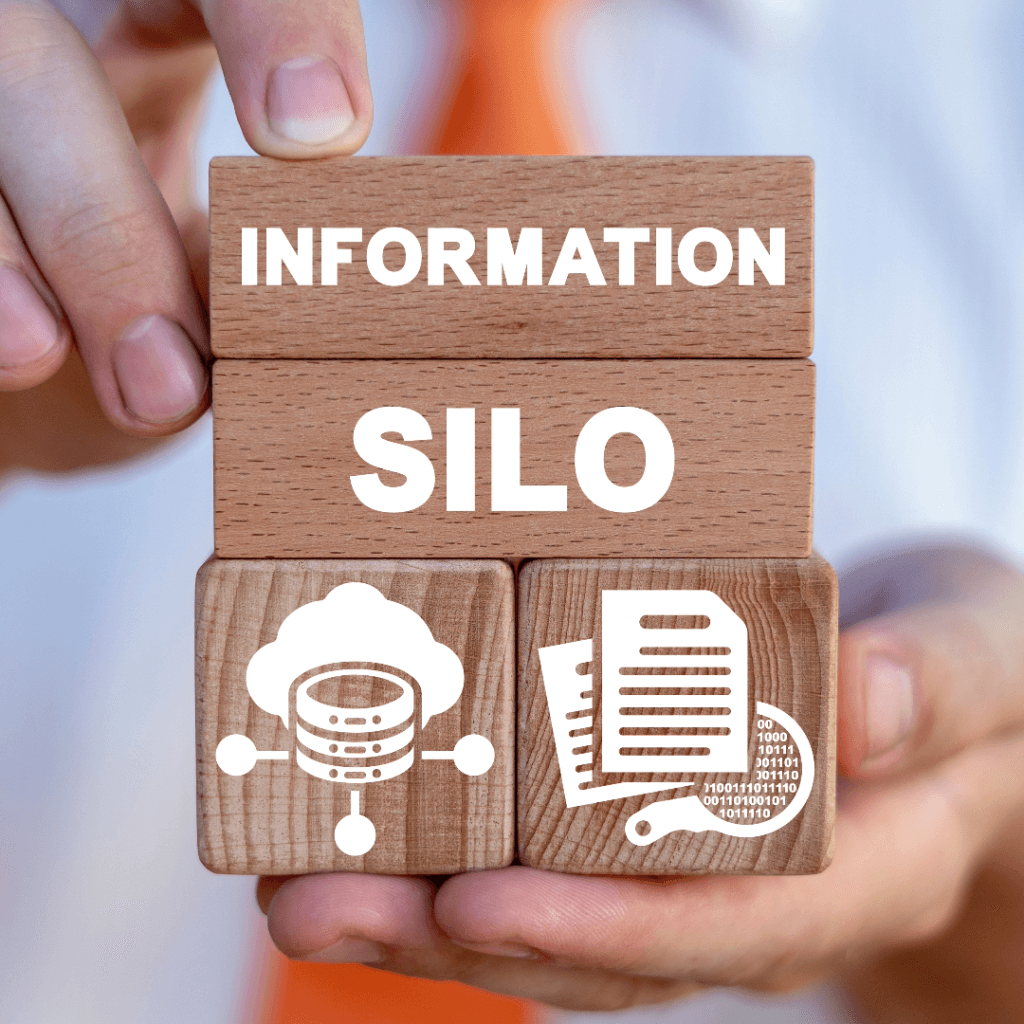
Implementation
To implement an SSOT, you should create a central repository or database to store and manage the designated information. Notably, an organisation can enforce access controls and versioning mechanisms for the data to ensure reliability and security.
While this concept appears very straightforward, practical implementation can vary in difficulty depending on the needs and structures of different organisations.
How to Implement SSOT?
Here’s a brief
- Identify the Data: Identify the critical data or information that should be managed as an SSOT. This typically includes frequently used data shared across the organisation and is prone to duplication or inconsistency.
- Designate a Central Repository: Establish a central repository or database where the SSOT will be stored. This central repository serves as the authoritative source for the identified data.
- Define Data Ownership: Assign ownership of the SSOT to a specific individual or team within the organisation. This owner is responsible for maintaining the data’s accuracy, consistency, and security.
- Access Control: Implement robust access controls and permissions to ensure that only authorised individuals or systems can modify or access the SSOT. Data security is crucial to maintaining data integrity.
- Data Governance Policies: Develop and document data governance policies and procedures that outline how the organisation should manage, update, and access data. Ensure that these policies align with industry regulations and best practices.
- Data Validation and Quality Checks: Implement data validation processes to ensure that data entered into the SSOT is accurate and conforms to predefined standards. Regularly perform data quality checks to identify and rectify inconsistencies.
- Data Integration: Integrate the SSOT with other systems and applications within the organisation. This ensures that data is consistently used across various processes and reduces the risk of data silos.
- Training and Education: Train employees and users on the importance of the SSOT and how to access and use it correctly. Ensure that they understand the data governance policies and procedures.
- Monitoring and Auditing: Monitor the SSOT to identify any issues or inconsistencies. Regularly audit the data to maintain its quality and accuracy.
- Documentation: Maintain comprehensive documentation about the SSOT, including its structure, definitions, and usage guidelines. This documentation should be easily accessible to all relevant parties.
Symbiant as an Example of an SSOT
Symbiant.One, in particular, focuses on helping you establish a cloud-based and fully integrated system that can serve as your SSOT.
Symbiant assists you in creating a digital database that enables you to upload data and information as a single source and then allows you to filter data and content based on role and user to ensure data security.
Symbiant makes auditing easier as the necessary data is all in one place, meaning there is no need to search for it – it’s there at the click of a button.
Auditors can precisely view the site’s history at any date or time, identify changes, and determine who made them.
Contact us today to learn how Symbiant can help you develop a defensible Single Source of Truth for your organisation.

